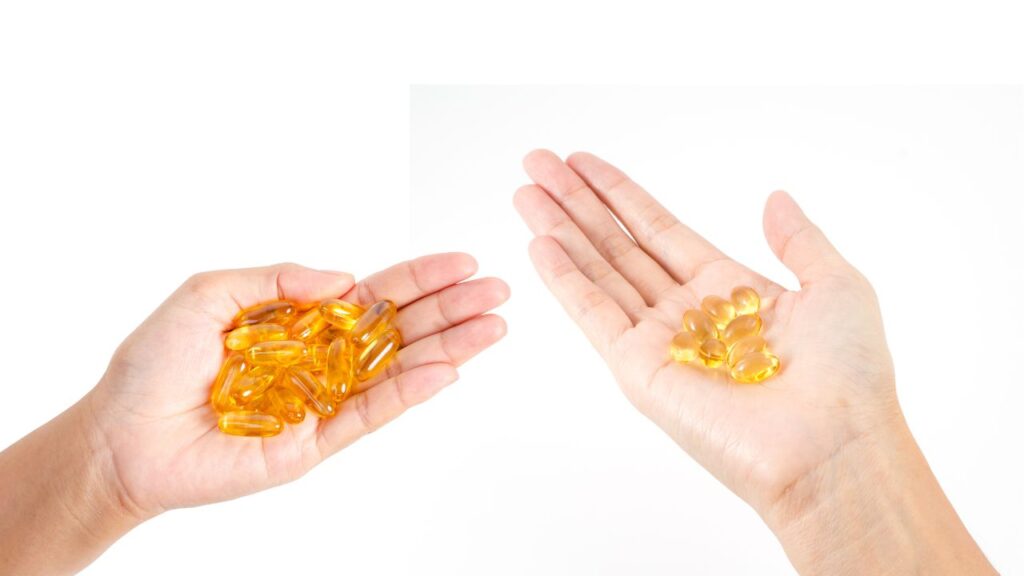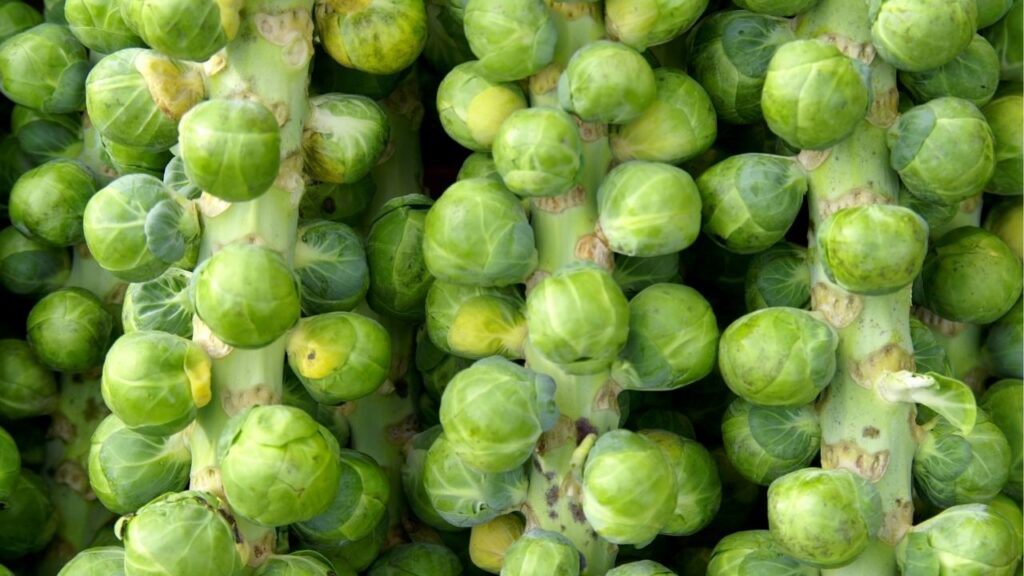Low Histamine Diet for Dogs
A low histamine diet may be beneficial for some dogs with certain cancers. Too much or too little of anything is not beneficial, and moderation is key.
Key Takeaways
- Foods that reduce histamine in dogs include fresh meat, coconut milk, eggs, and rice.
- You can reduce histamine in dogs with an oral antihistamine or a low-histamine diet.
What is a Low Histamine Diet?
To understand what a low histamine diet for dogs is and why it might be helpful, first we need to understand the role of histamine in the body.
Histamine is Necessary, But Too Much is Unpleasant
Histamine is a signaling molecule involved in important reactions of the immune system, skin, and gastrointestinal tract. A signaling molecule transmits information between cells for important biological processes to occur.
Histamine is produced and stored by mast cells. Mast cells are part of the immune system and are located throughout your dog’s body.
When the immune system detects a threat, mast cells in the area release their histamine granules. Histamine release causes effects such as increased body temperature, swelling, and in severe allergic reactions constriction of the throat and lungs.
Once the reaction is over, the body eliminates the extracellular histamine that was released by inactivating it with the enzyme diamine oxidase.
Getting Histamine from Diet
Mast cells aren’t the only place where your dog can get histamine. Different foods have various levels of histamines, and the gastrointestinal tract can absorb it.
Blood levels of histamine fluctuate depending on what we eat. If your dog eats foods with a lot of histamine, they will have higher levels of circulating histamine.
High levels of histamine have been associated with gastric, colon, liver, lung, breast, and oral cancers in people.3
Human studies have shown that to decrease histamine blood levels, it takes about four weeks of being on a low histamine diet.2
But too little histamine is also problematic. A study that fed adult dogs a diet completely lacking histidine (the precursor for histamine) over a few weeks showed that reduced activity, listlessness, and even death occurred.1
Low Histamine Foods
A low histamine diet for dogs consists of fresh food only. Histamine levels increase as foods sit, including in the refrigerator, so leftovers are a no-no. Storing fresh-cooked food in the freezer causes less histamine accumulation, so if you have leftovers, freezing them for use later is helpful.2
Low histamine foods include:4,5
- Fresh meat and fish
- Non-citrus fruits
- Eggs
- Coconut milk
- Organic cold pressed oils
- Leafy greens other than spinach
- Gluten free grains
- Rice
- Quinoa
Ingredients to Avoid
There are specific foods to avoid if attempting to lower your dog’s histamine levels.
Some of the foods to avoid may not contain histamines specifically but contain high levels of putrescine. Putrescine is a compound that enhances the histamine effect and includes foods like citrus, bananas, pumpkins, and nuts.4,5
Other foods which may increase histamine levels include:4,5
- Processed or smoked meats
- Fermented foods
- Sauerkraut
- Aged cheeses
- Dried fruits
- Avocado
- Eggplant
- Tomatoes
- Papaya
- Spinach
- Peas
- Pineapple
- Strawberries
Any probiotics containing Lactobacillus can also contribute to histamine levels.6
When to Consider a Low Histamine Diet for Dogs
A diet lower in histamines can be potentially considered for any canine cancer patient, but especially those with inflammatory cancers like mast cell tumors.5,7
Other inflammatory conditions that may also benefit from decreasing histamine intake include allergies, asthma, and inflammatory bowel disease.5,7
There is still a great deal of information that we don’t know for sure about the benefits of low histamine diets. Discuss with your veterinarian if a low histamine diet is a suitable option for your dog.
In most cases these diets are not meant to be long term. If feeding a low-histamine diet long term, the diet needs to be complete and balanced with the help of a veterinary nutritionist.
Does My Dog Need a Low Histamine Diet?
We don’t know for sure yet which dogs might benefit from a low histamine diet.
Cases that may benefit from a low histamine diet include dogs with cancer and those with other chronic inflammatory issues that may cause signs like scratching or a sensitive gastrointestinal tract.
Studies have demonstrated the connection between cancer and histamines. High levels of histamine and histamine receptors have been found in tumors and have been shown to promote cancer growth and metastasis.8 In large amounts, histamines can overregulate the immune system and promote tumor growth.8
Dogs with mast cell tumors are the most likely to benefit from a low histamine diet. In dogs with mast cell tumors there is a risk of mass histamine degranulation throughout the body, which can be very uncomfortable.9
We still have a lot to learn about low histamine diets and what should and should not be included. However, the information we do have has shown that low histamine diets can benefit animals who have high levels of histamine. Ask your veterinarian if a low histamine diet is right for your dog.
- Nguyen PL, Cho J. Pathophysiological Roles of Histamine Receptors in Cancer Progression: Implications and Perspectives as Potential Molecular Targets. Biomolecules. 2021;11(8):1232. Published 2021 Aug 18. doi:10.3390/biom11081232
- Sánchez-Pérez S, Comas-Basté O, Veciana-Nogués MT, Latorre-Moratalla ML, Vidal-Carou MC. Low-Histamine Diets: Is the Exclusion of Foods Justified by Their Histamine Content?. Nutrients. 2021;13(5):1395. Published 2021 Apr 21. doi:10.3390/nu13051395
- Son JH, Chung BY, Kim HO, Park CW. A Histamine-Free Diet Is Helpful for Treatment of Adult Patients with Chronic Spontaneous Urticaria. Ann Dermatol. 2018;30(2):164-172. doi:10.5021/ad.2018.30.2.164
- Cianciaruso B, Jones MR, Kopple JD. Histidine, an essential amino acid for adult dogs. J Nutr. 1981;111(6):1074-1084. doi:10.1093/jn/111.6.1074
- Massari NA, Nicoud MB, Medina VA. Histamine receptors and cancer pharmacology: an update. Br J Pharmacol. 2020;177(3):516-538. doi:10.1111/bph.14535
- Low histamine diets for dogs . The Dog Nutritionist. https://www.thedognutritionist.com/low-histamine-diets-for-dogs/. Published February 24, 2022. Accessed March 10, 2023.
- de Nardi AB, Dos Santos Horta R, Fonseca-Alves CE, et al. Diagnosis, Prognosis and Treatment of Canine Cutaneous and Subcutaneous Mast Cell Tumors. Cells. 2022;11(4):618. Published 2022 Feb 10. doi:10.3390/cells11040618
- Stuivenberg G, Daisley B, Akouris P, Reid G. In vitro assessment of histamine and lactate production by a multi-strain synbiotic. J Food Sci Technol. 2022;59(9):3419-3427. doi:10.1007/s13197-021-05327-7
- Low Histamine Foods for Allergic Dogs. Fresh Food Tribe. https://www.freshfoodtribe.com/low-histamine. Accessed March 10, 2023.
Topics
Did You Find This Helpful? Share It with Your Pack!
Use the buttons to share what you learned on social media, download a PDF, print this out, or email it to your veterinarian.




